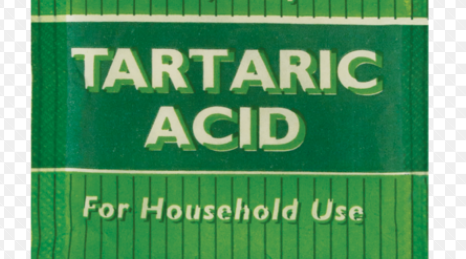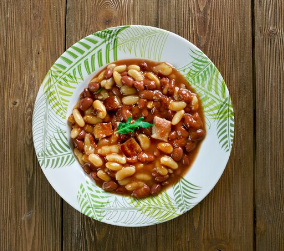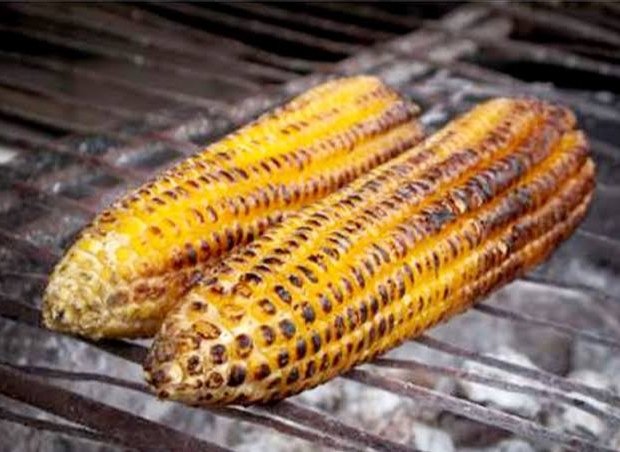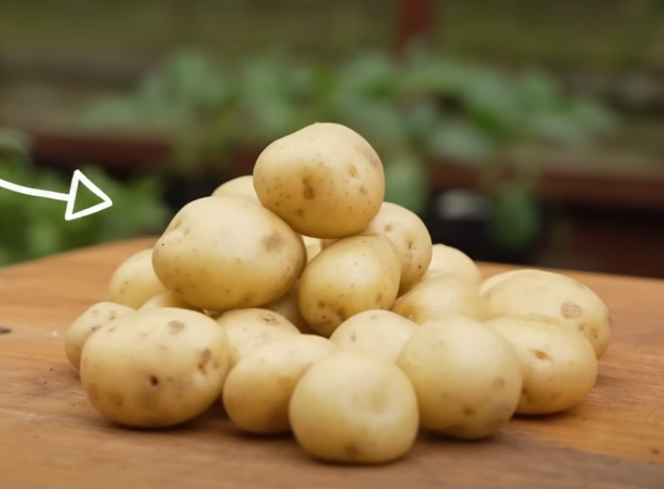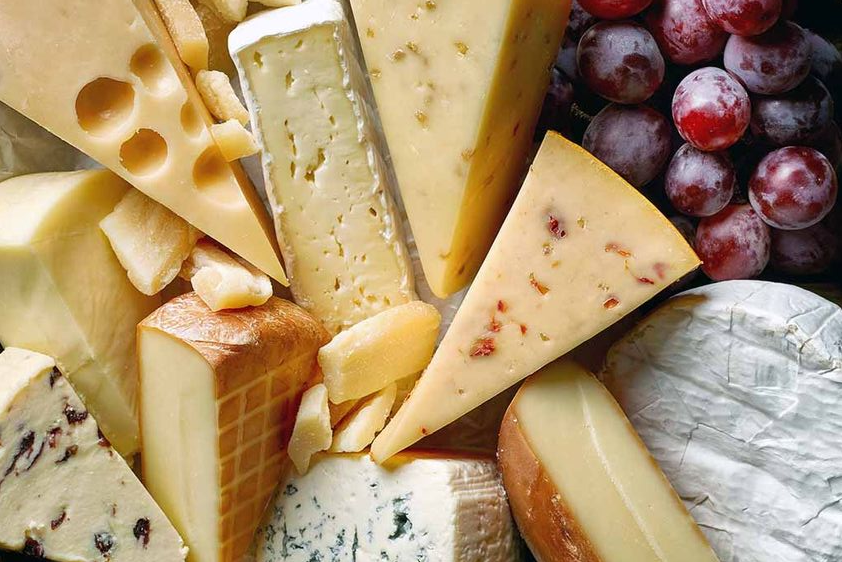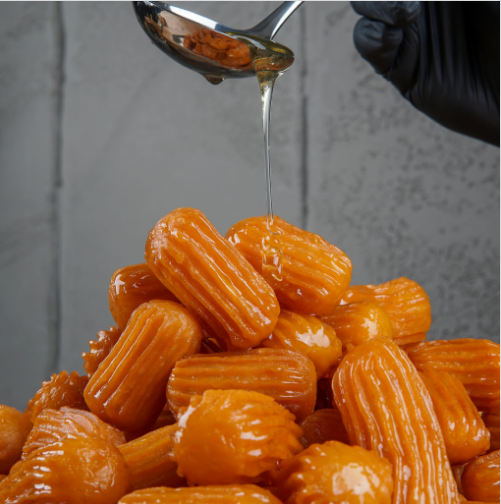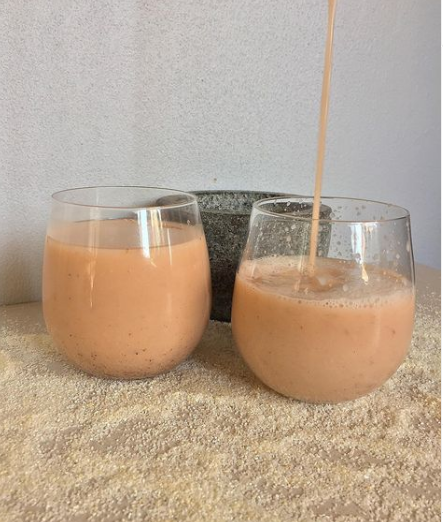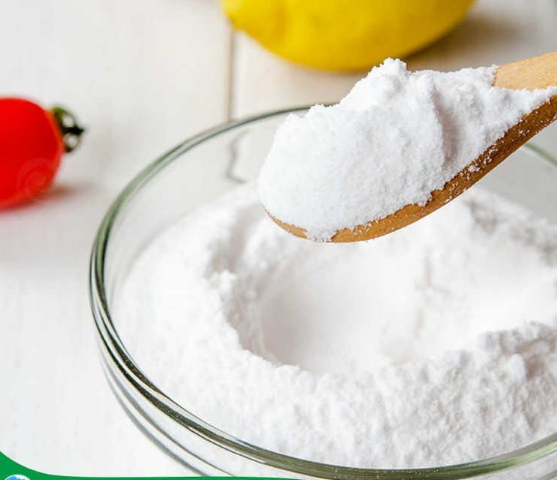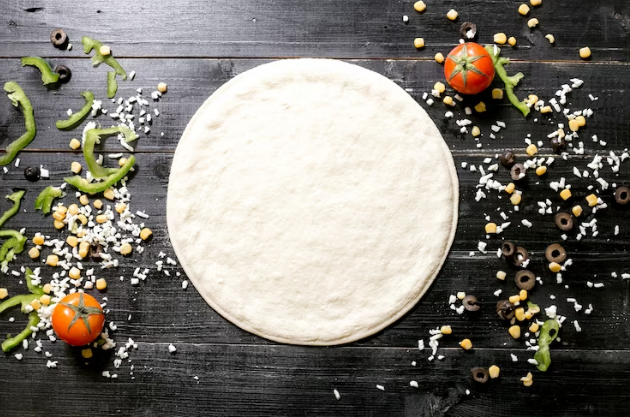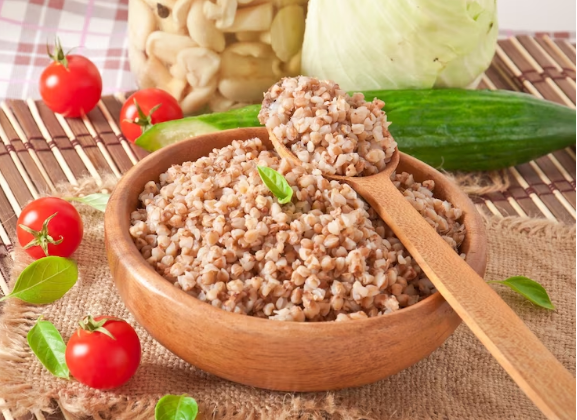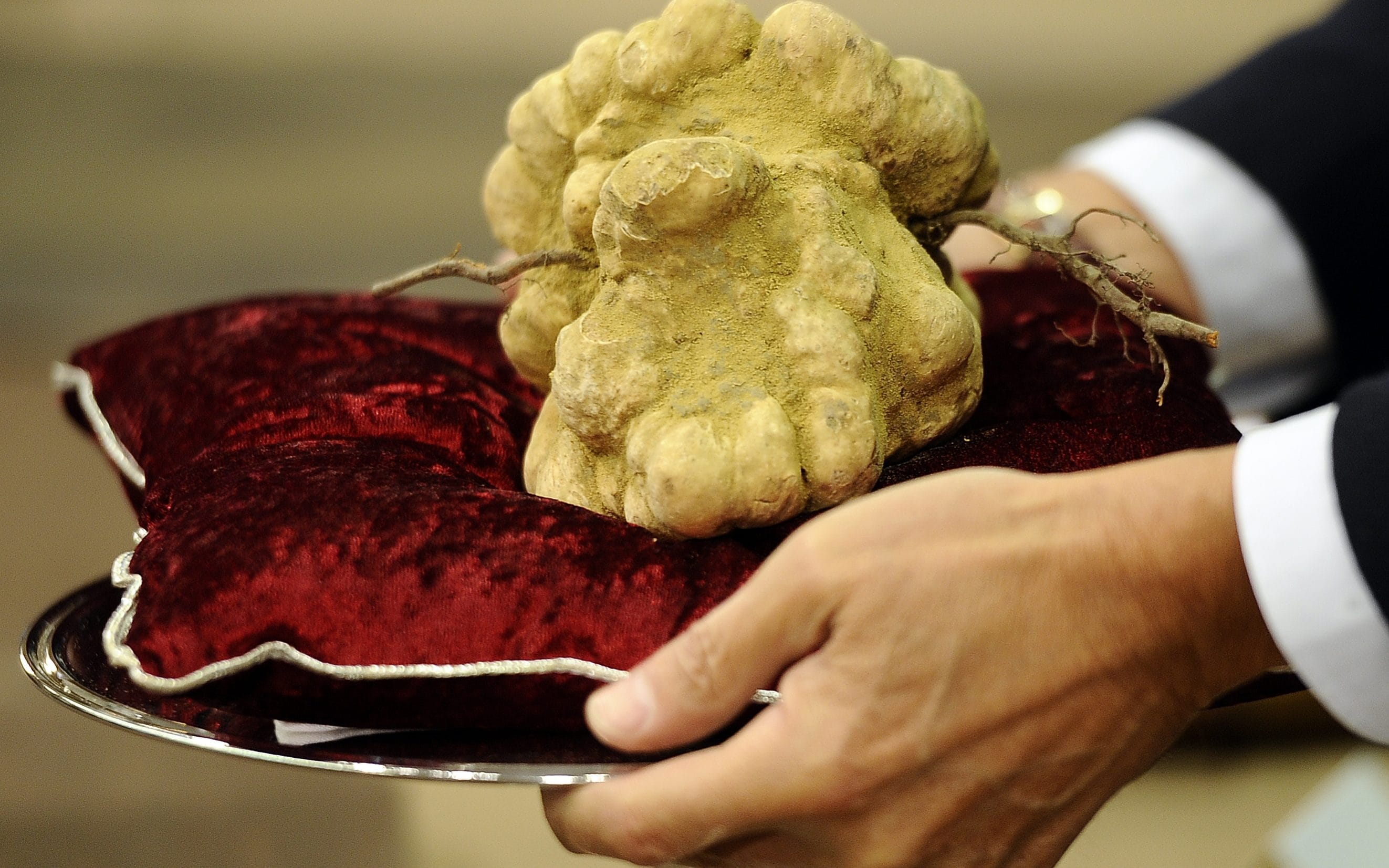Tartaric acid, a naturally occurring organic acid, has long held a significant place in various industries due to its unique properties and versatile applications. Derived primarily from grapes, it has become a staple in the realms of food and beverage, pharmaceuticals, and even certain industrial processes. This article aims to explore the origins, properties, and the diverse range of applications of tartaric acid.
What is Tataric Acid:
Tartaric acid, also known as dihydroxybutanedioic acid, is a dicarboxylic acid that occurs naturally in many plants, particularly in grapes. It is commonly found as potassium bitartrate, a crystalline salt that forms during the fermentation of grape juice. The extraction of tartaric acid involves the processing of the sediment left behind during the wine-making process.
Chemically, tartaric acid consists of two stereoisomers – dextro- and levo- tartaric acid – with the former being more prevalent in nature. Its unique structure allows it to exhibit chirality, making it an important compound in organic chemistry.
Household Uses for Tataric Acid
While tartaric acid may not be as commonly found in household settings as some other ingredients, it does have a few notable applications. Here are some household uses of tartaric acid:
-
Cleaning Agent: Tartaric acid can be used as a natural cleaning agent, especially for certain metal surfaces. It helps in removing rust and stains from metal items such as brass, copper, and aluminum. Mix a small amount of tartaric acid with water to form a paste and apply it to the stained area. Allow it to sit for a while before scrubbing and rinsing.
-
Descaling Appliances: If you live in an area with hard water, scaling can occur in appliances like kettles and coffee makers. Tartaric acid can be used to descale these appliances effectively. Mix a solution of tartaric acid with water and run it through the appliance, followed by a thorough rinse.
-
Polishing Brass and Copper: Tartaric acid can be utilized as an ingredient in homemade brass and copper polish. Combine tartaric acid with a mild abrasive like baking soda and a liquid (water or lemon juice) to form a paste. Apply the paste to brass or copper items, let it sit for a short period, and then polish with a soft cloth.
-
Removing Wine Stains: Given its origins in winemaking, tartaric acid can be effective in removing wine stains from fabric. Create a mixture of tartaric acid and water, apply it to the stain, and gently blot. Rinse thoroughly after the stain has lifted.
-
Unclogging Drains: Tartaric acid can help in unclogging drains by breaking down mineral deposits and other substances. Mix it with baking soda and pour the mixture down the drain, followed by hot water. This combination can assist in keeping drains clear.
-
Homemade Playdough: Tartaric acid is a key ingredient in making homemade playdough. It contributes to the texture and pliability of the dough. Combine flour, salt, cream of tartar, water, and oil to create a simple and safe playdough for kids.
It's important to note that while tartaric acid has these household uses, it should be handled with care, and appropriate precautions should be taken. As with any substance, it's advisable to follow safety guidelines and instructions when using tartaric acid in household applications.
Applications in the Food and Beverage Industry:
-
Winemaking: Tartaric acid plays a crucial role in winemaking. It naturally occurs in grapes, but additional amounts are often added to adjust the acidity of the wine. Its presence is essential for maintaining the stability of the wine and preventing the formation of tartrate crystals, which can be aesthetically undesirable to consumers.
-
Baking: Tartaric acid is a common ingredient in baking powder. When combined with baking soda, it serves as a leavening agent, producing carbon dioxide gas that helps dough rise. Its use in baking powder contributes to the texture and volume of various baked goods, including cakes, cookies, and biscuits.
-
Acidulant in Foods: Beyond its role in wine and baking, tartaric acid is employed as an acidulant in various food products. It adds a tangy flavor to certain candies, fruit juices, and gummy snacks. Additionally, it acts as a stabilizing agent for whipped cream, preventing it from collapsing.
Pharmaceutical and Medicinal Uses:
-
Medicine Formulation: Tartaric acid is utilized in the pharmaceutical industry for the formulation of medicines. Its chiral properties make it valuable in synthesizing drugs, and it is often used as a resolving agent to separate enantiomers.
-
Antioxidant Properties: Studies suggest that tartaric acid may exhibit antioxidant properties, which could have potential health benefits. Antioxidants help neutralize free radicals in the body, reducing oxidative stress and inflammation.
Industrial Applications:
-
Metal Cleaning: Tartaric acid finds applications in industries such as metal cleaning and polishing. Its ability to form stable complexes with certain metal ions makes it effective in removing rust and scale from metal surfaces.
-
Textile Industry: In the textile industry, tartaric acid is used as a mordant to fix dyes onto fabrics. Its chelating properties facilitate the binding of dyes to the textile fibers, enhancing colorfastness.
Conclusion:
Tartaric acid's journey from the vineyards to laboratories and industrial settings showcases its remarkable versatility. Whether contributing to the flavor profile of a fine wine, aiding in the leavening of a fluffy cake, or serving as a vital component in pharmaceutical formulations, tartaric acid plays a multifaceted role in our everyday lives. As science continues to unravel its properties, we may discover even more applications for this fascinating compound in the future.
